HETEROGENIC MATTER Gabriela Warzycka-Tutak 13 II 2017 – 28 II 2017 Academy of Fine Arts in Gdańsk Gallery
The dissertation Heterogeneous Matter, which is the theoretical part of the artistic and research project, comprises three parts divided into subchapters and an introduction that presents the conceptual premises and methodological foundations of the dissertation.
Featured in the title, heterogeneity refers to the diversity of the selected means, highlighted in the work, and the multi-faceted nature of the results of the research project, a major element of which is especially the fusion of aesthetic and ethical aspects of the work.
The research and artistic perspective that emerges from the work is not far-removed from the premises of existentialist philosophy and concentrates primarily on the category of experiencing fear, discussed also in connection with the notions of the bodily, identity and strangeness.
The first chapter of the dissertation (Heterogeneous Matter) begins with an explanation of the strategy of work on the artistic part of the project. It contains a justification of the choice of the intaglio printmaking technique and the focus on the process of etching and conducting an artistic study of black, which—according to the project premises—is supposed to lead to the best possible grasp of the materiality of the phenomenon of fear. The chapter also highlights the influence of reflection on the formal premises of the work and of the creative process itself on the artist/researcher figure.
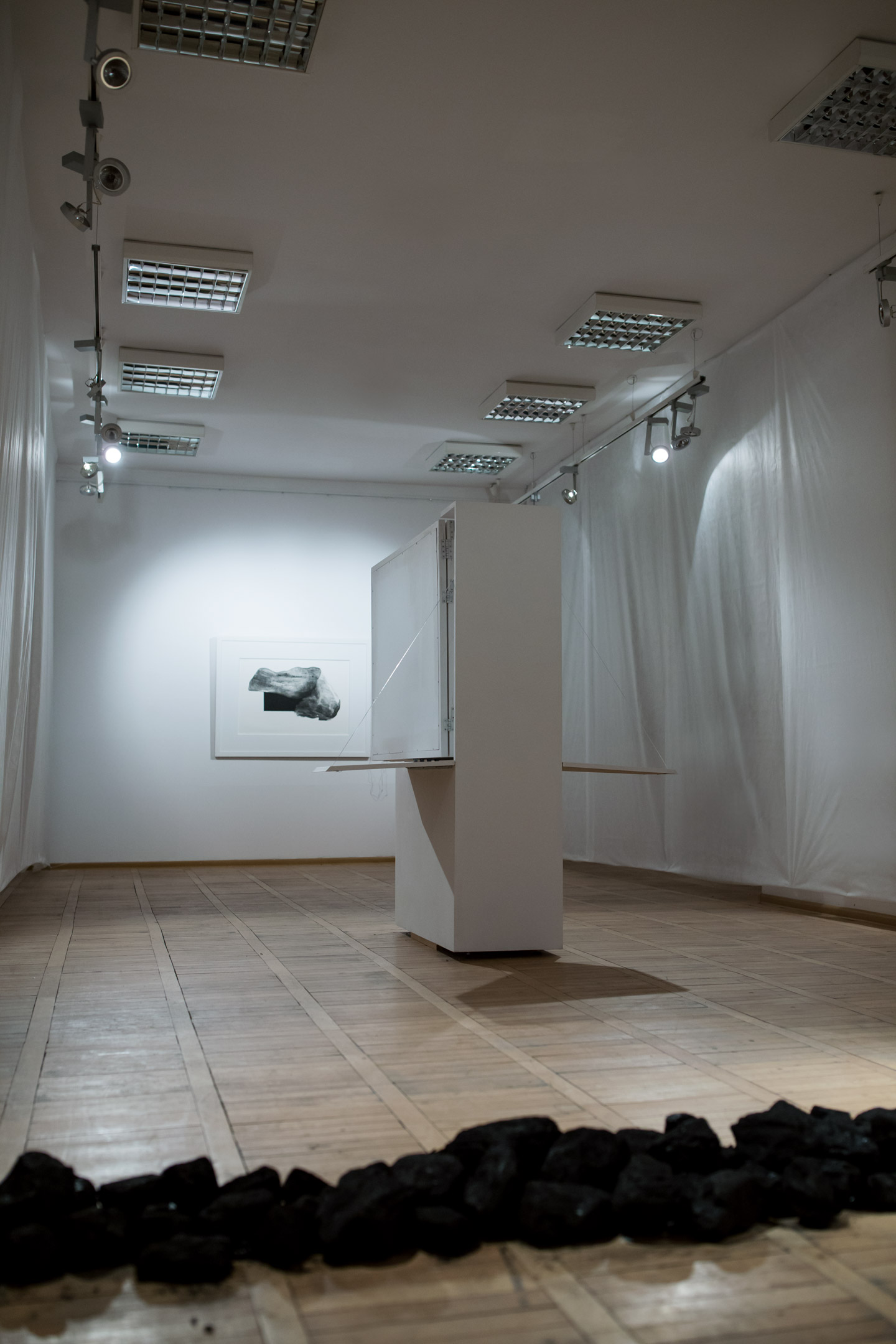
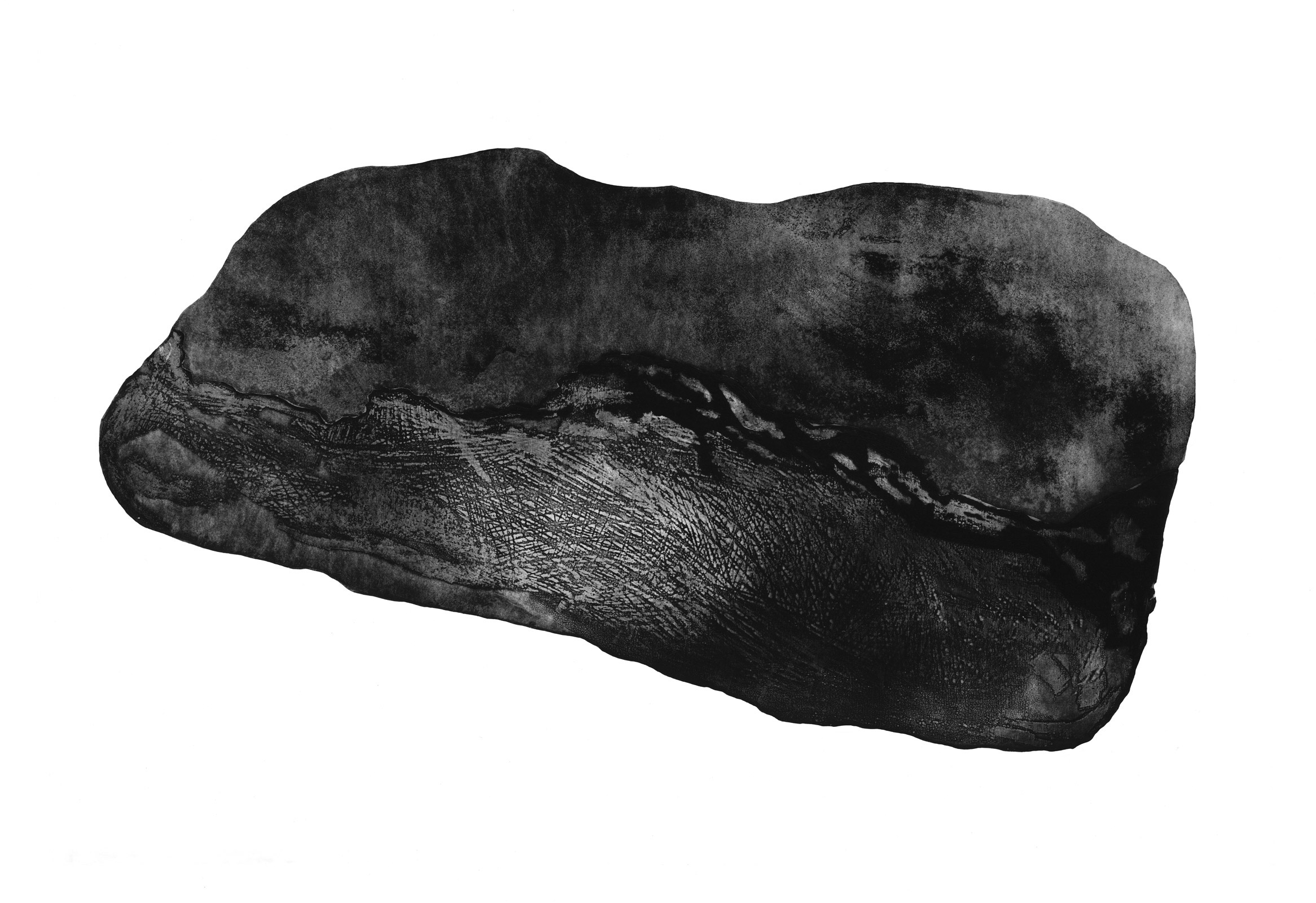
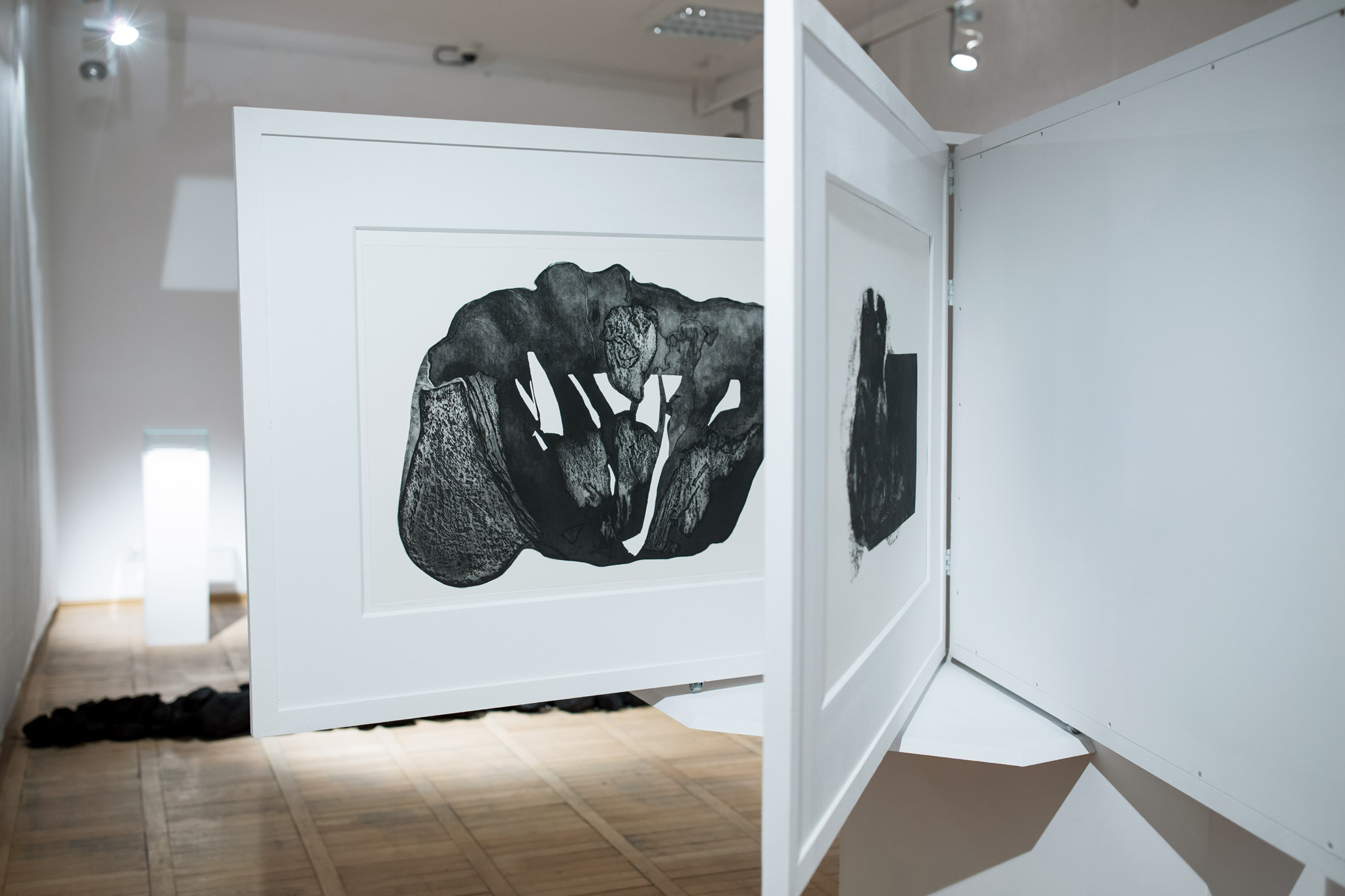
Further discussed is the question of the body in the context of otherness and identity, where attention is given primarily to the ontological and epistemological aspects of the bodily; the body is presented as an object of description, but also as a subject that cognises (itself and the world) in the act of experiencing.
The first example that offers the possibility to present the key aspects related to the dependence between the body, psyche, sexuality and identity is the plot of Elfriede Jelinek’s novel The Piano Teacher, which portrays a relationship between mother and daughter, determined—on the one hand—by the pathological attachment of the forty-year-old protagonist to her mother, while one the other hand – by the projection of the mother’s ambition-related phantasms on the daughter.
The second example is Julia Kristeva’s classic study Strangers to Ourselves, in which the scholar – using Albert Camus’ The Stranger, among other examples – analyses the forms of strangeness as “being a foreigner,” but above all draws attention to the existential alienation that intensifies the sense of loneliness. The figure of Camus’ protagonist offers a departure point to reflect on the situation of “being outside” in the context of the dualism of body and soul.
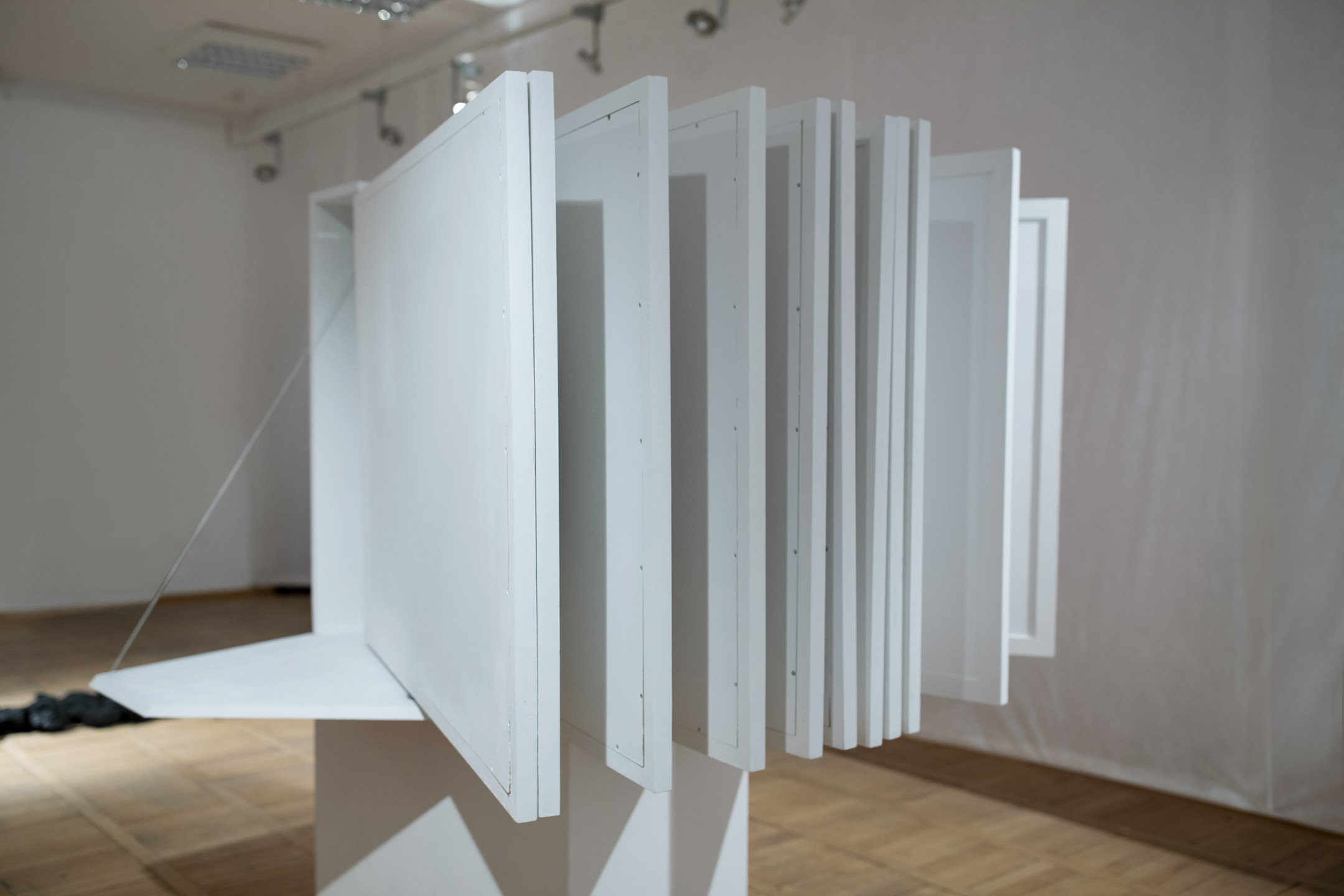
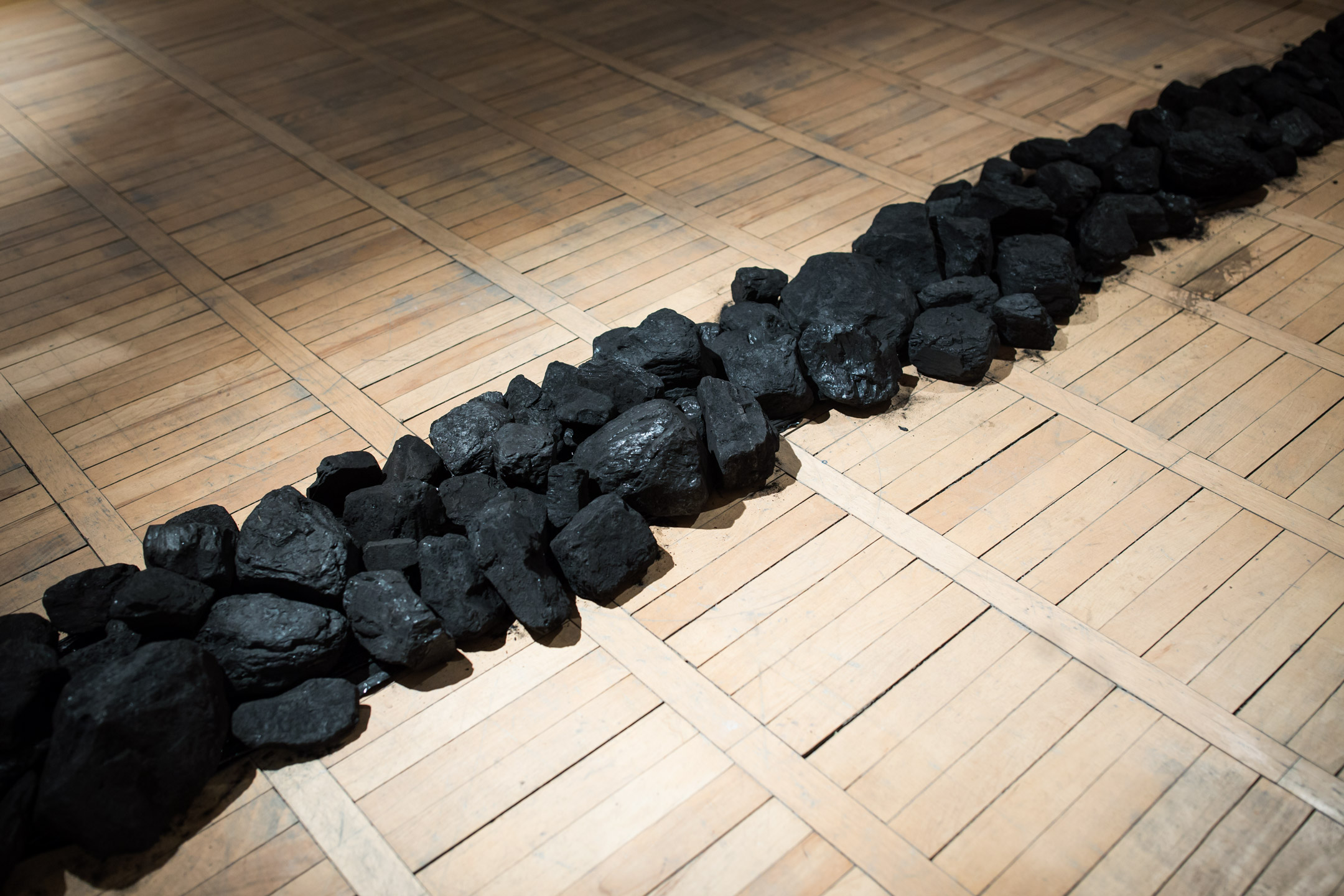
The final part of the first chapter is devoted to the analysis of the phenomenon of fear in art, both as a motif, a theme, and in the perspective of the artwork’s impact on the viewer. The basis for this approach is the hermeneutic concept of the work by Hans-Georg Gadamer. The artworks that offer the possibility to depict the dependencies between the bodily and the notions of fear, madness, (self-aggression) and humiliation are pieces by the Viennese Actionist Rudolf Schwarzkogler and the Spanish photographer David Nebreda.

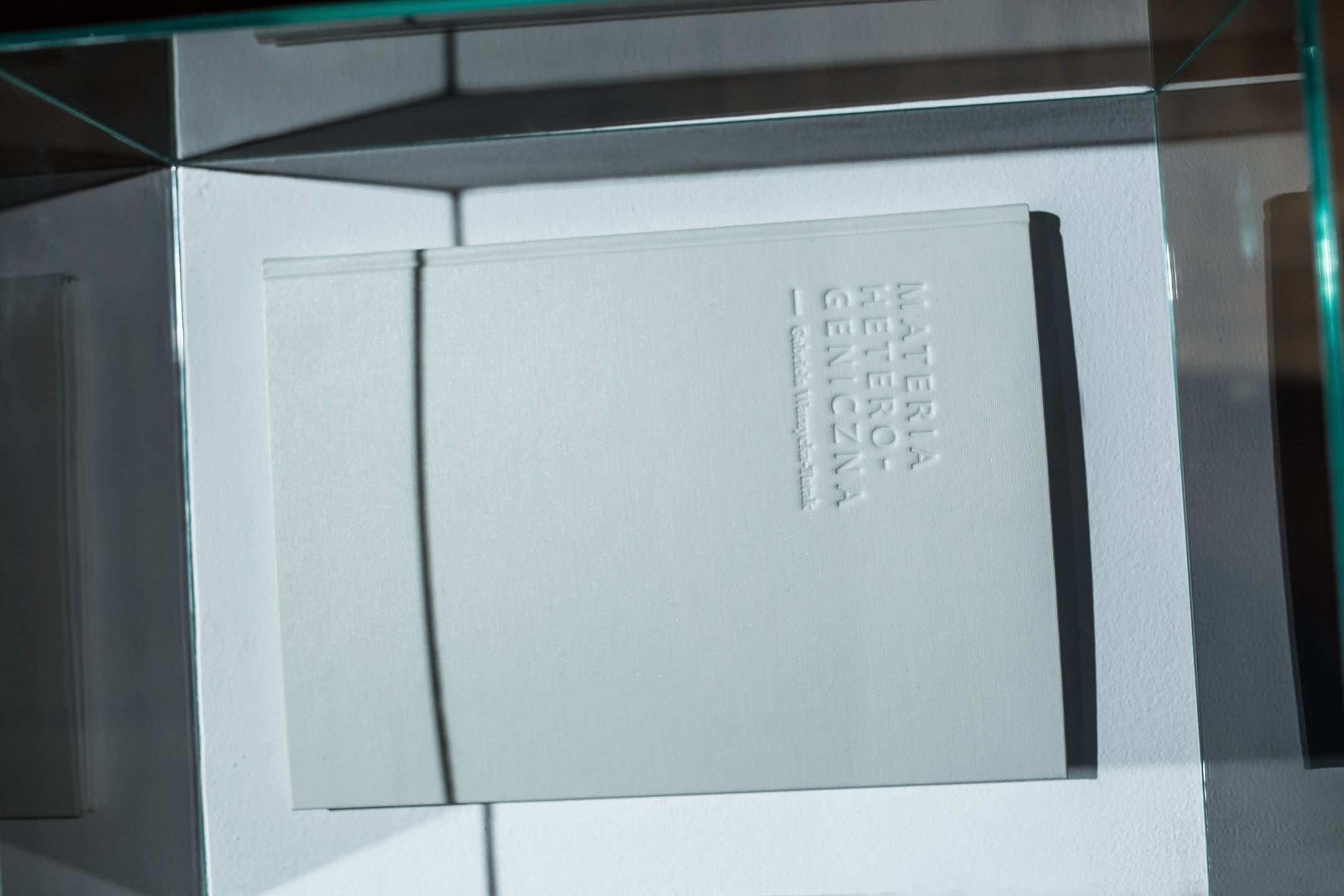
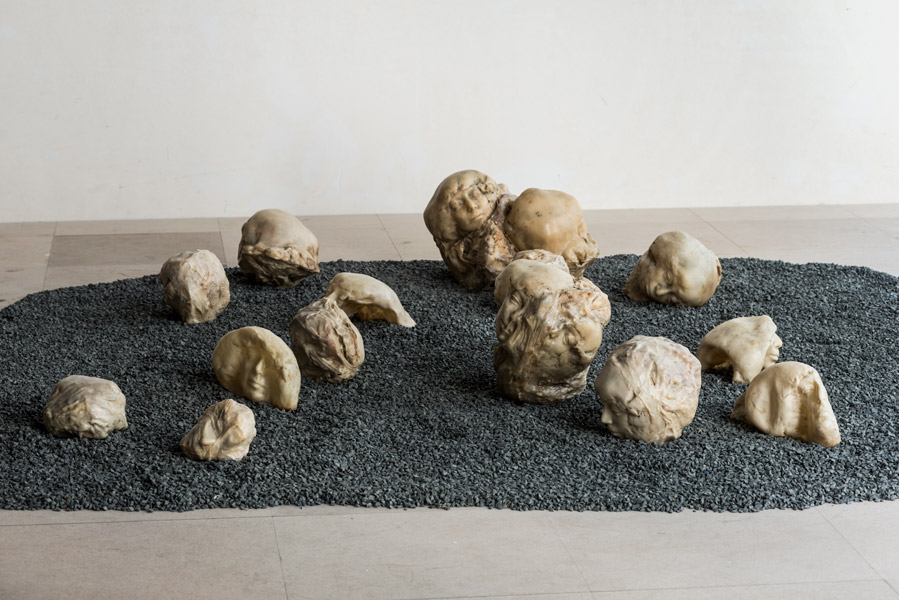
Alina Szapocznikow, Tumours Personified, 1971, Zachęta – National Gallery of Art
FREEDOM
The second chapter (Freedom) begins with a reference to Krzysztof Tchórzewski’s film footage from Alina Szapocznikow’s studio near Paris (part 1., part 2.). The first part of this chapter of the dissertation is entirely devoted to the sculptress and concentrates on the impact of Szapocznikow’s illness on her art. The text describes the cycle Tumours, created since 1968, which manifests the process of working through suffering and illness by means of art, but also bears testimony to a slow destruction of the body.
Evoked further are works by Natalia Lach-Lachowicz created in the 1980s. The artist’s expressive pieces that address the deconstruction of the bodily and derive inspiration from the questions of the nature of Good and Evil are confronted with works by Lynda Benglis, characterised by formal austerity and adopting the character of anti-forms. The goal of this juxtaposition is to distinguish two divergent approaches to the representation of the body in the context of freedom.
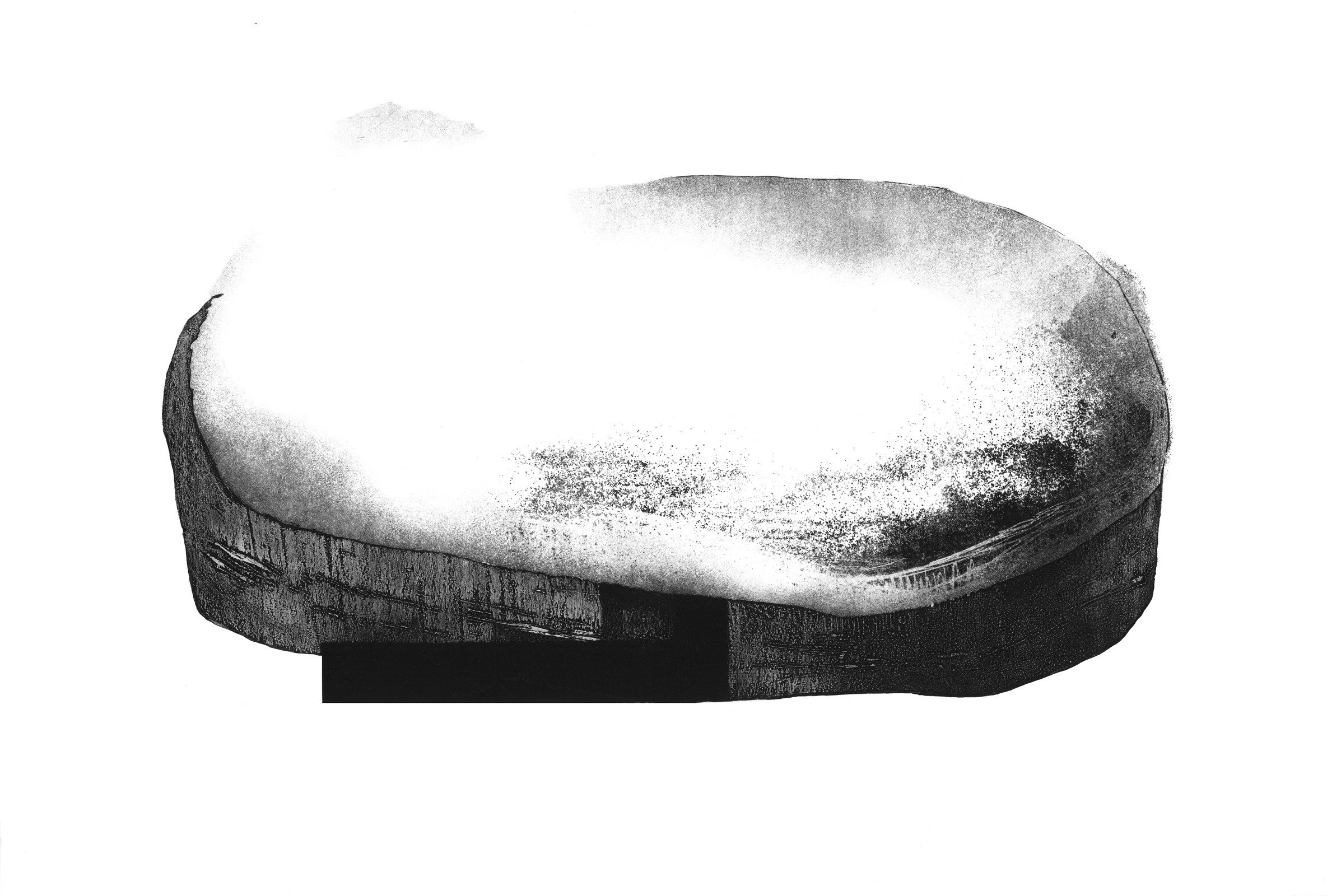
WHITE CUBE
The final chapter of the dissertation (White Cube) is devoted to reflection on the semantics of gallery space and largely borrows from Brian O-Doherty’s study Inside the White Cube. This part evokes and discusses—as well as situates within the dissertation structure—O’Doherty’s analyses of works by Kurt Schwitters, Marcel Duchamp and Joseph Kosuth, among other artists.
The main problems addressed in this part include the relation between space and the viewer’s body in the context of the reception of an exhibition and the related privileged position of the vision-centric perspective, the Postmodernist transformations of spatial artistic-curatorial practices, the creative irrationalism of Schwitters’ art and the question of the commercialisation of gallery space.
The conclusions of the dissertation recapitulate the themes addressed in the work. The final section also highlights the significance of relations between the practical and theoretical part of the doctoral dissertation and underscores, once again, the existential and personal context of the project.
BIAŁY SZEŚCIAN
Ostatni rozdział dysertacji (Biały sześcian) poświęcony jest namysłowi nad semantyką przestrzeni galeryjnej i czerpie w dużej mierze ze studium Briana O’Doherty’ego Biały sześcian. W części tej przywołane, omówione i włączone w strukturę rozprawy zostają przeprowadzone przez O’Doherty’ego analizy prac m.in. Kurta Schwittersa, Marcela Duchampa i Josepha Kosutha.
Głównymi problemami podejmowanymi w tej części są: relacja przestrzeń – ciało widza w kontekście odbioru wystawy i związane z nim uprzywilejowanie perspektywy wzrokocentrycznej, postmodernistyczne przemiany spacjalnych praktyk artystyczno-kuratorskich, kreacyjny irracjonalizm sztuki Schwittersa, kwestia komercjalizacji przestrzeni galerii.
Zakończenie dysertacji jest rekapitulacją wątków podejmowanych w pracy, podkreśla się w nim też znaczenie relacji między praktyczną i teoretyczną częścią rozprawy doktorskiej oraz ponownie uwydatnia egzystencjalny, osobisty kontekst projektu.
BIAŁY SZEŚCIAN
Ostatni rozdział dysertacji (Biały sześcian) poświęcony jest namysłowi nad semantyką przestrzeni galeryjnej i czerpie w dużej mierze ze studium Briana O’Doherty’ego Biały sześcian. W części tej przywołane, omówione i włączone w strukturę rozprawy zostają przeprowadzone przez O’Doherty’ego analizy prac m.in. Kurta Schwittersa, Marcela Duchampa i Josepha Kosutha.
Głównymi problemami podejmowanymi w tej części są: relacja przestrzeń – ciało widza w kontekście odbioru wystawy i związane z nim uprzywilejowanie perspektywy wzrokocentrycznej, postmodernistyczne przemiany spacjalnych praktyk artystyczno-kuratorskich, kreacyjny irracjonalizm sztuki Schwittersa, kwestia komercjalizacji przestrzeni galerii.
Zakończenie dysertacji jest rekapitulacją wątków podejmowanych w pracy, podkreśla się w nim też znaczenie relacji między praktyczną i teoretyczną częścią rozprawy doktorskiej oraz ponownie uwydatnia egzystencjalny, osobisty kontekst projektu.

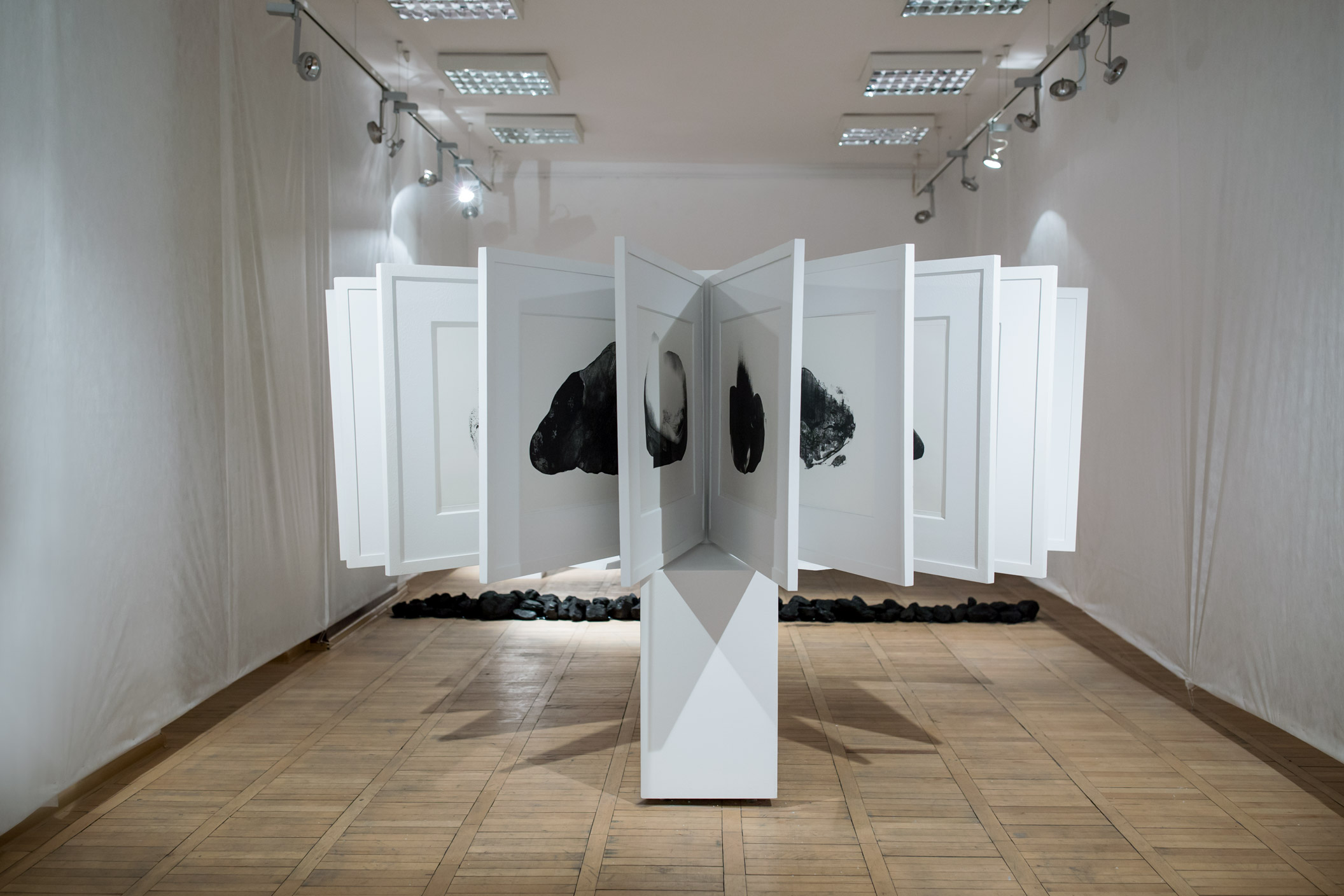
PhD INSTALLATION Academy of Fine Arts in Gdańsk, Faculty of Graphic Arts SUPERVISOR prof. Alina Jackiewicz-Kaczmarek AUXILIARY SUPERVISOR dr Katarzyna Lewandowska PHOTOGRAPHY Dominika Śnieg NEXT PROJECT→